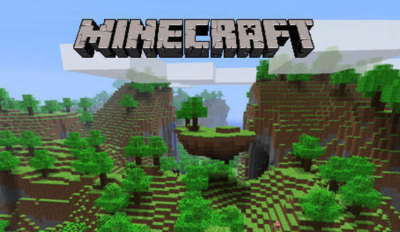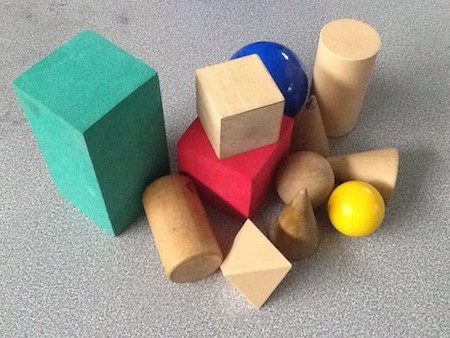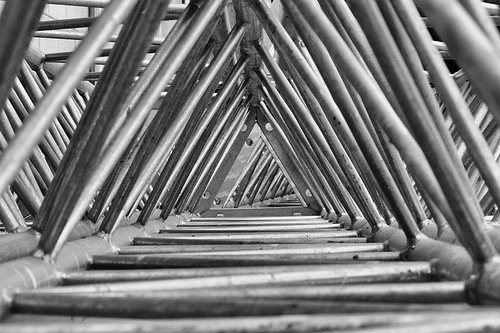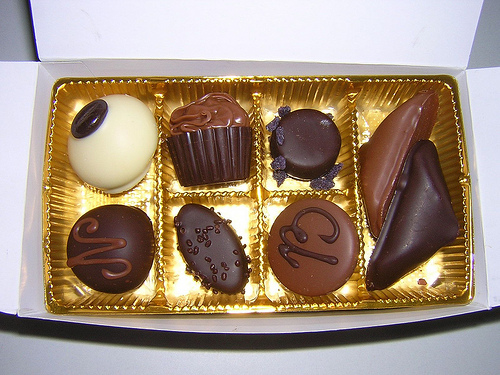Games based learning has been a hot topic in the last year or so and one of the most popular games in educational use has been Minecraft. Although there has been some debate about the value of learning outcomes, many students would agree that Minecraft is a fun way to learn about surface area and volume. This YouTube video, “Minecraft Math – Surface Area and Volume” describes how to calculate the surface area of rectangular prisms and challenges the viewer to calculate the surface area and volume of a huge tower of TNT blocks! Another YouTube video, from the same user, demonstrates the “Volume of Prisms and Pyramids” in Minecraft and offers a challenge to calculate the area of a prism with a pyramid on top.
We spent last lesson looking at the volume and surface areas of various patterns of ‘minecraft’ blocks. Our assumption is that each Minecraft block is 1m x 1m x 1m – a cubic metre. Next lesson I would like you to create your name in Minecraft blocks and measure the volume and the surface area of your construction. Start by using the first letter of your first name. It should be a minimum of five blocks high and three blocks wide. Make sure you take a screenshot of your construction and send it to me by email.










